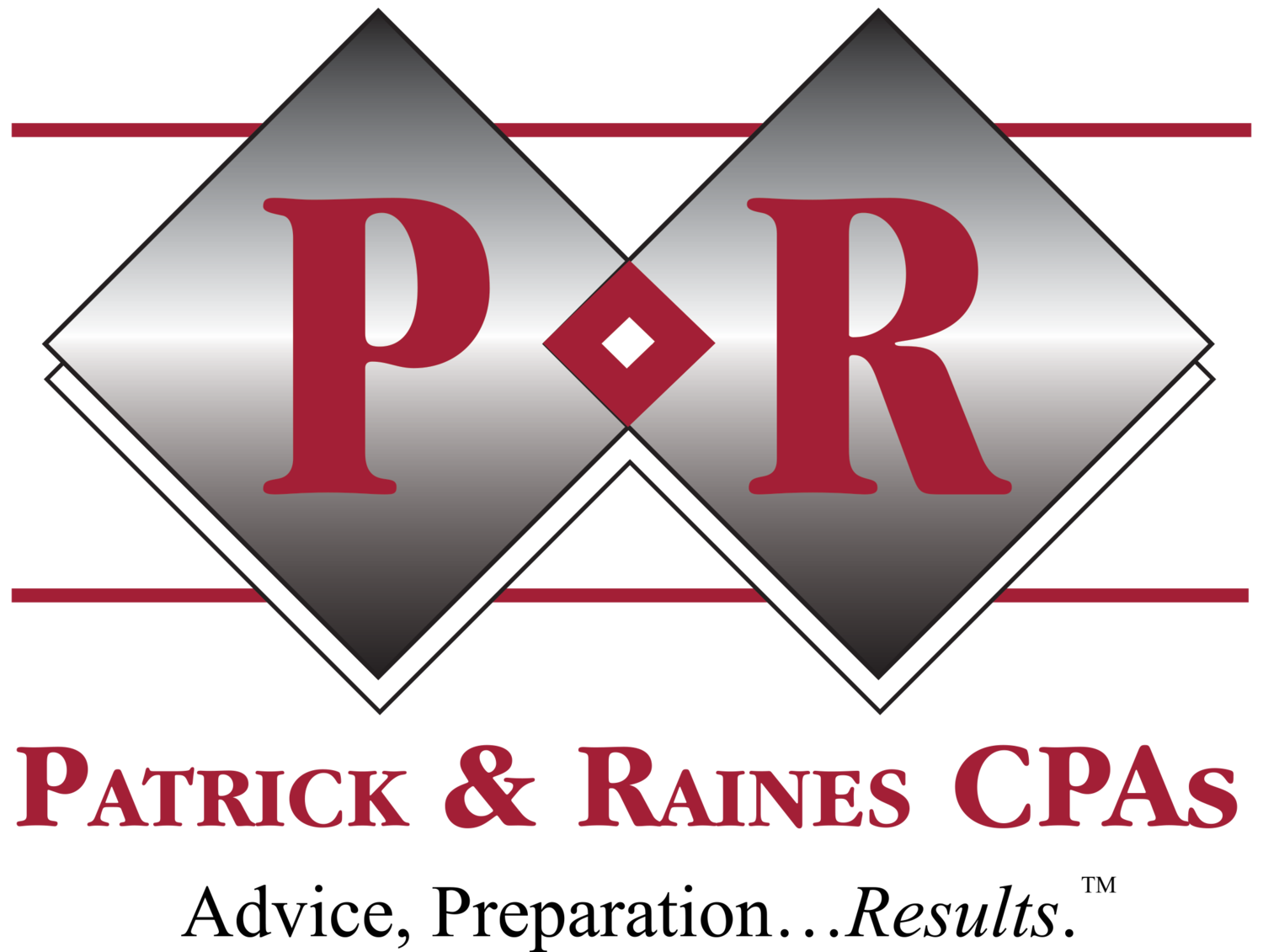Updated Employer Guide to Form I-9: Pay Heed (Not Uncle Sam!)
With the current political atmosphere, businesses must keep up with the latest legislation, especially payroll accounting regulations most relevant to you as an employer. Don’t let the seemingly simple Form I-9 fool you—it carries some of the strictest guidelines.Given the increasing inspections by Immigration and Customs Enforcement (ICE), use the following guide as a source to avoid pesky-to-devastating fines ranging from $216 to $2,156 per violation. Double-check all requirements; better safe than sorry!Purpose of Form I-9Form I-9 verifies the identity and work eligibility of each new employee hired, remaining the required documentation since its creation in November 1986. Starting January 22, 2017, employers must submit the revised I-9 form, and this requirement applies to citizen and noncitizen employees.Completion Requirements:
- Employee: Sign a completed Section 1 after accepting a job offer but no later than the first day of employment.
- Employer: Sign a completed Section 2 within three business days of employee’s first day of employment.
Filing Requirements:
- Document Form I-9 in electronic or paper format. Simply hold it for future audit by government officials, making it available within three business days of the request.
- Do not file or mail Form I-9 to USCIS or ICE. Maintain the form in the employee’s file.
Storage Requirements:
- Retain Form I-9 while an individual remains your employee and for the later of two dates:
- Employee’s Start Date + 3 Years = Date A
- Employee’s Termination Date + 1 Year = Date B
- Store until the later of the above two dates
The Spanish version of Form I-9 can be used only in Puerto Rico. Spanish-speaking employees in the states and other U.S. territories must complete the form in English.For assistance with accounting services, including business, nonprofit, or individual tax returns, the certified public accountants at Patrick & Robinson CPAs can help. Contact us at office@CPAsite.com or (904) 396-5400.

